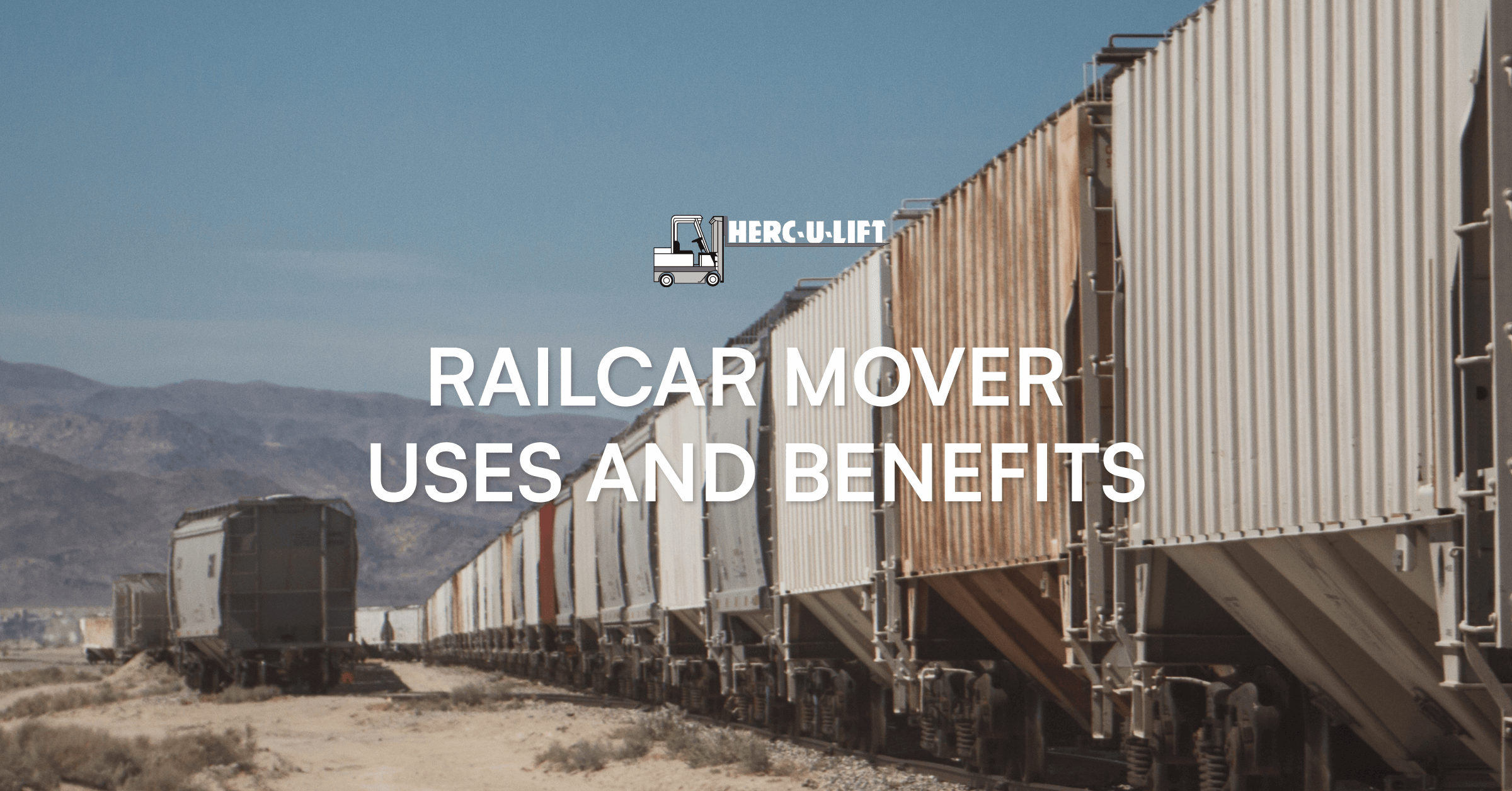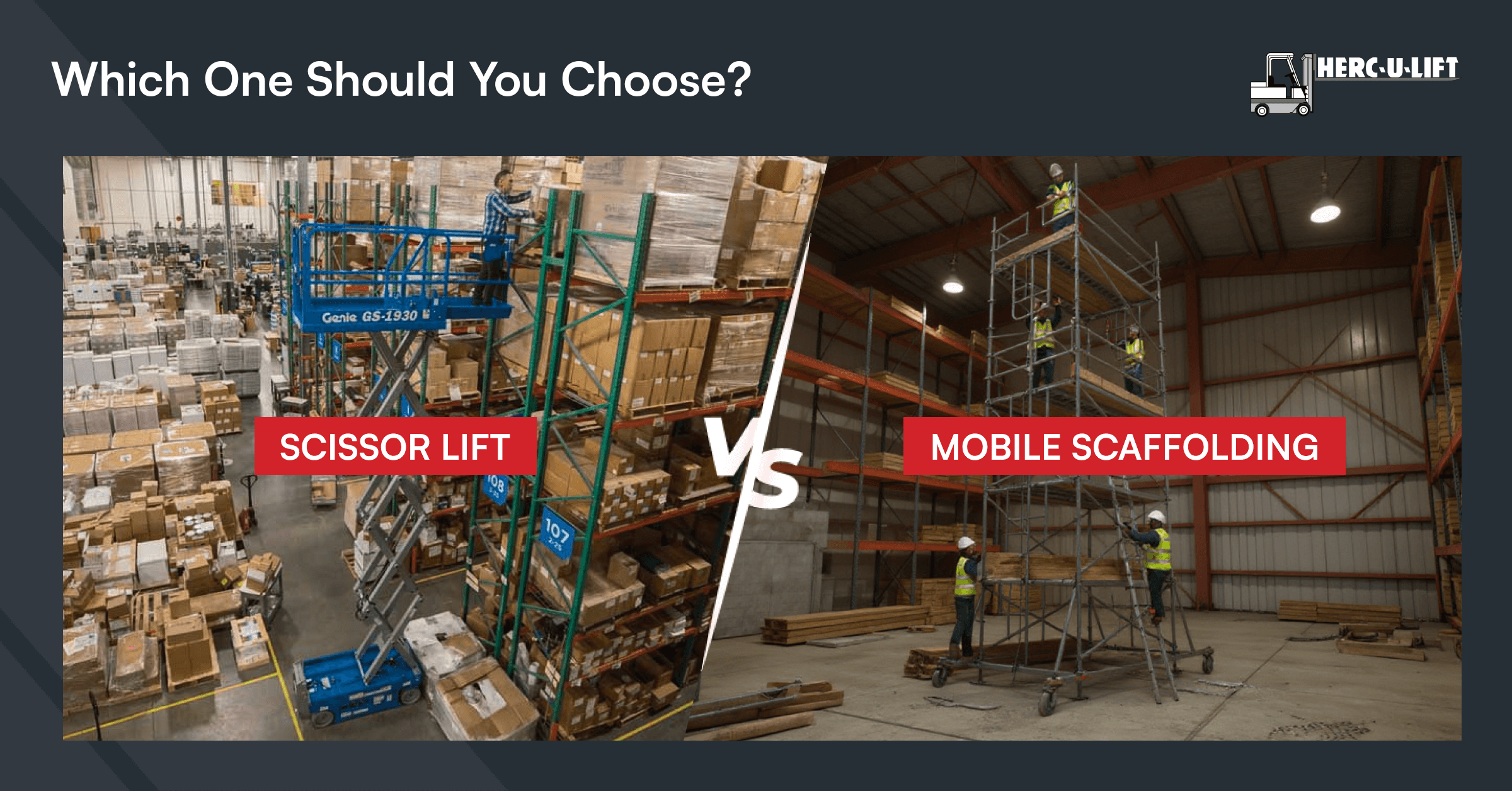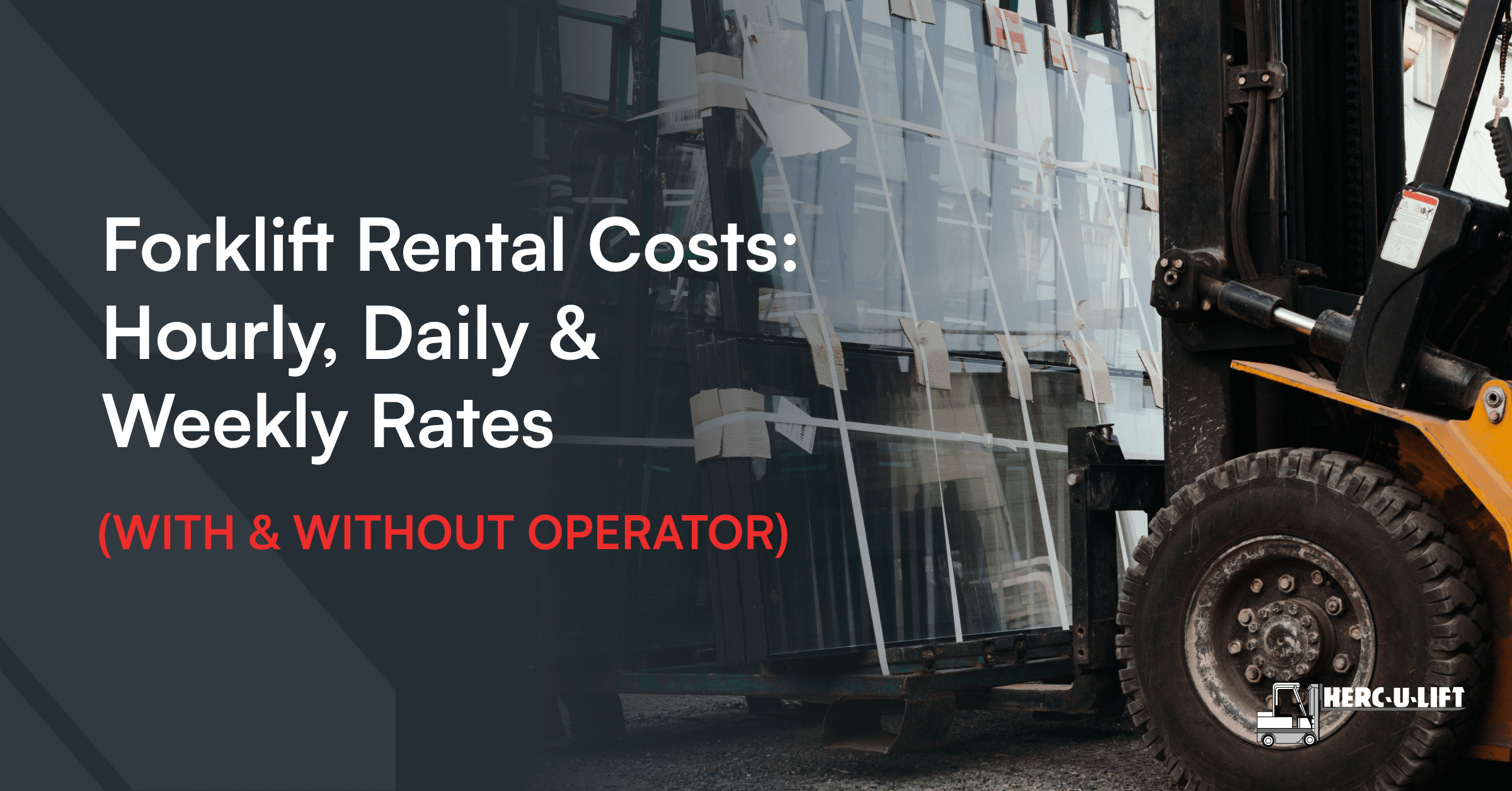What Is a Rail Car Mover? Uses, Benefits, and How It Works

Timing is everything in a busy rail yard. A single delay in moving cars can slow an entire supply chain. This is the reason why many facilities these days rely on rail car movers.
A railcar mover is a specialized machine designed for positioning, loading, unloading, and transferring rail cars. Why are they such a big deal? Because in industries like rail transport, manufacturing, mining, and logistics, you often need to move rail cars around in short bursts.
Sometimes there’s just a few hundred feet between loading points. A rail car mover replaces or complements a traditional locomotive for short-distance switching operations. They offer a more flexible, cost-efficient way to get the job done without sacrificing power and maneuverability.
In this article, we’ll break down exactly what a rail car mover is, how it works, and where it shines. We’ll even share a few pointers to consider if you want to buy or rent one.
What Is a Rail Car Mover?
They’re notably smaller than locomotives and they’re designed to hook directly into rail car knuckles.
Primary Uses of a Rail Car Mover
In mining operations, rail car movers handle the short transfer of loaded ore cars from the processing plant to the mainline siding. For example, a mover can shuttle loaded cars in manageable groups at an iron ore mine. This avoids the inefficiency of having the locomotive idle on-site and keeps mainline operations running without interruption.
They are equally valuable in port and intermodal facilities. In a busy intermodal port, cars loaded with containers must be positioned alongside cranes for unloading. A rail car mover navigates between multiple short spurs, bringing cars forward in sequence so cranes never have to wait for the next car. Because the mover can also travel on paved surfaces, it can quickly switch tracks or bypass certain areas to access cars in other parts of the yard.
In a chemical manufacturing plant, rail car movers position tank cars precisely at unloading stations. The equipment can handle one or two cars at a time. With integrated air brakes, movers decrease the risk of spills. Using it also ensures compliance with safety protocols while protecting valuable products.
How a Rail Car Mover Works
Benefits of Using a Rail Car Mover
Why not just stick with locomotives? Because for many facilities, a rail car mover makes more operational and financial sense. From a cost perspective, these machines are less expensive to purchase, operate, and maintain.
Movers are also more flexible, particularly in facilities where both road and rail access are needed. They’re easy to set up and switch between different tracks. Moreover, they often require only a single operator. Locomotives typically demand a full crew.
Their design also allows for safe operation in confined yard spaces. With reduced emissions and quieter operation, newer hybrid and electric models offer environmental advantages.
Types of Rail Car Movers
Rail car movers are available in several configurations. Diesel-powered models are provide high torque for heavy-duty jobs. Electric-powered units are suitable for indoor facilities or areas with strict emissions regulations. Hybrid models combine diesel and electric power sources for fuel efficiency.
In addition to power type, rail car movers vary in size and capacity. Smaller units are capable of handling only a few loaded rail cars at a time. Larger models can move 20 cars or more.

Rail Car Mover vs. Locomotive
| Feature | Railcar Mover | Locomotive |
| Cost | Lower | High initial + maintenance |
| Flexibility | Road + rail capability | Rail only |
| Power | Lower tractive effort | Much higher pulling power |
| Crew requirement | Often 1 operator | Full crew |
Rail car movers and locomotives serve different purposes. Understanding these differences is essential for making the right choice. If you’re shuttling cars a few hundred meters within yards and industrial facilities, go for a rail car mover. If you’re doing mainline transport and large-scale freight movement, stick with a locomotive.
Common Brands and Manufacturers
Each brand offers unique advantages and features. Some of the top manufacturers include Trackmobile, Shuttlewagon, and Rail King.
Trackmobile is known for offering a wide range of models with rugged, reliable designs. Shuttlewagon sells diesel and electric movers with advanced controls and operator-friendly design. Meanwhile, Rail King produces heavy-duty units capable of handling large volumes and challenging conditions.
Maintenance and Safety Tips
Routine maintenance is essential for reliable operations. Regular inspections include checking the condition of tires, steel rail wheels, couplers, and braking systems. Following proper coupling and uncoupling procedures is important to prevent damage to the mover and rail cars.
Additionally, operators should receive proper training to prevent accidents and reduce equipment wear. They should learn to adjust their techniques for different weather conditions. Rain, snow, and ice can affect a mover’s traction and braking performance.


 →
→

